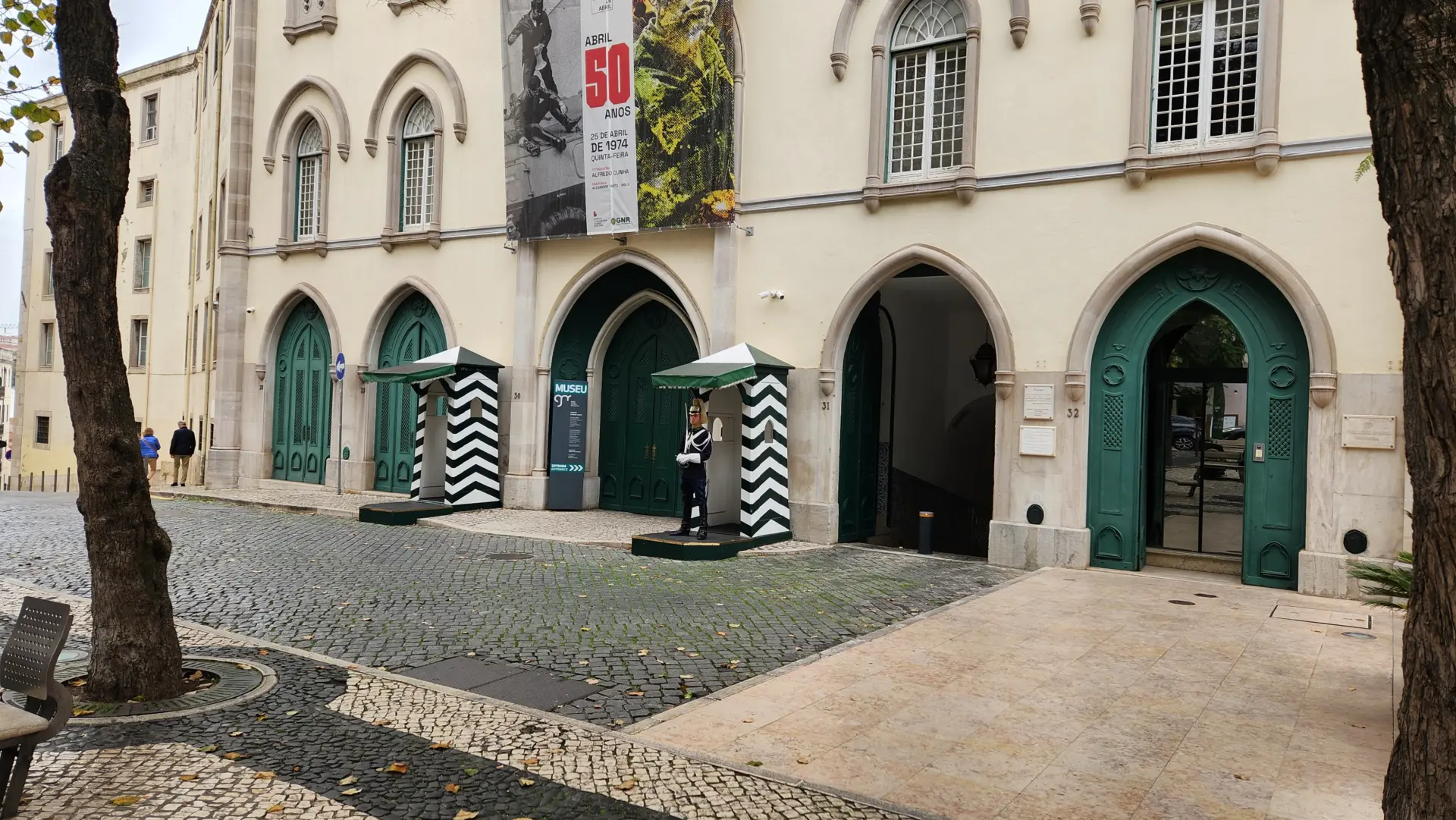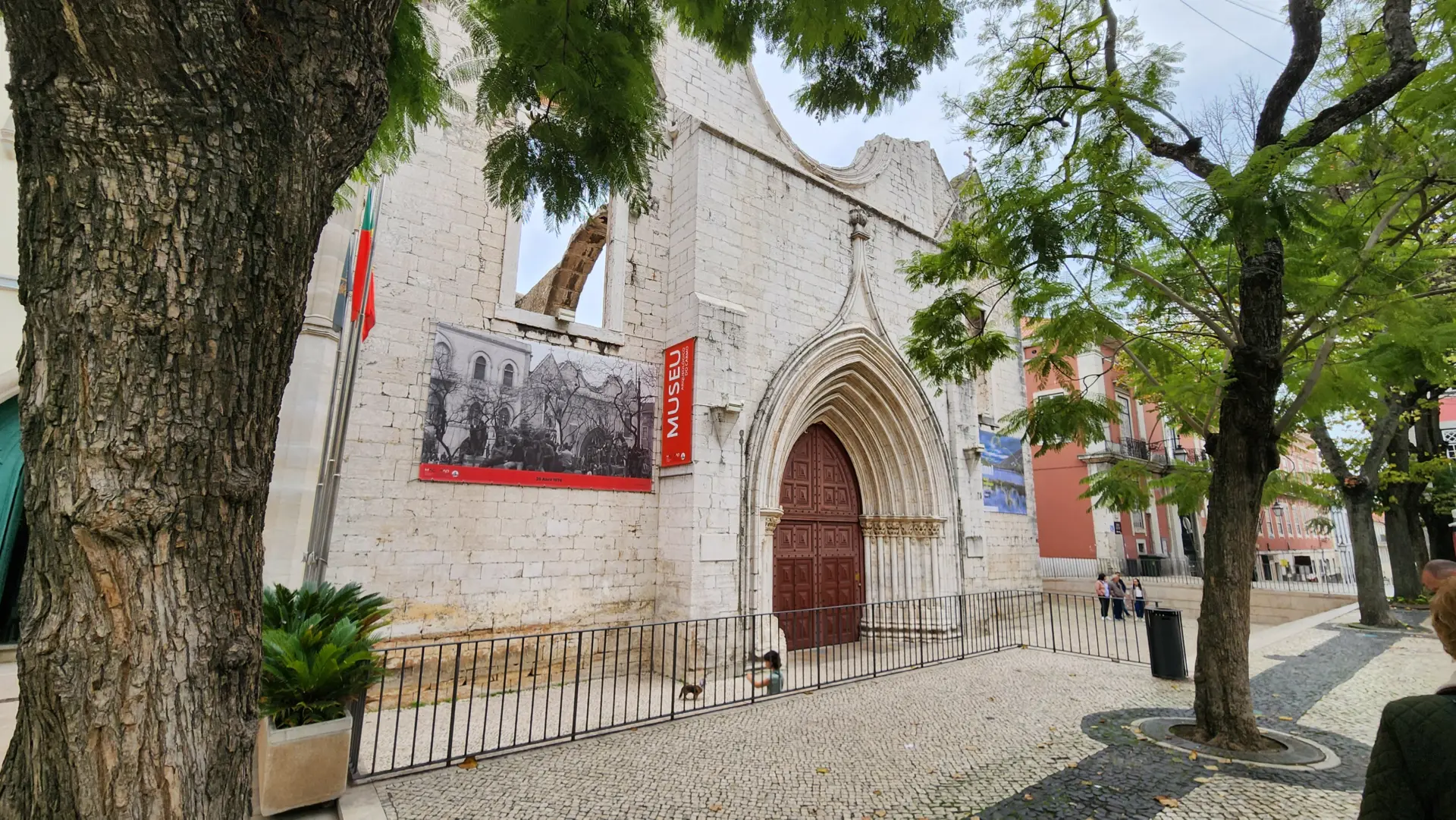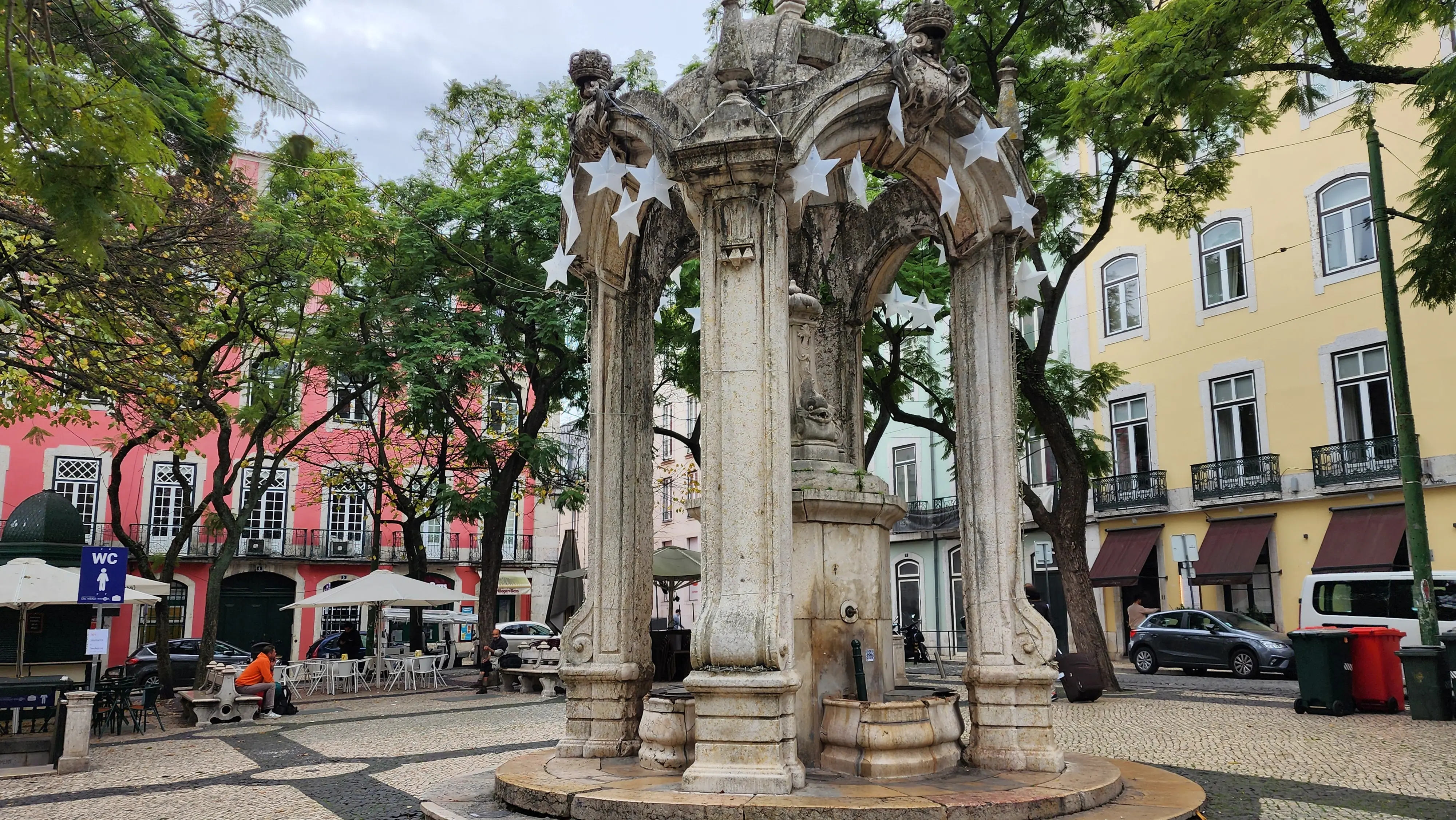Olá, friends! 🌺 Every once in a while, a place whispers its history to you not through monuments or museums, but through the air itself. That’s exactly how I felt in Largo do Carmo, a tranquil square in Chiado that was once the very heart of a revolution. I visited in December, wrapped in a cozy scarf, with holiday lights glowing softly around the city. The square was calm, dotted with a few visitors and the occasional street musician. But beneath that stillness, there was a quiet electricity—like the walls and cobblestones remembered something monumental.
On April 25, 1974, this peaceful square became the final act of a political regime that had ruled Portugal for nearly five decades. It was the day Lisbon bloomed with carnations instead of bullets — and the country turned a new page in its history.
What Was the Carnation Revolution?
Portugal had been under an authoritarian dictatorship since the 1930s, first under Salazar, then Marcelo Caetano. Life was tightly controlled: censorship was widespread, dissent was dangerous, and the PIDE, the secret police, kept many in fear. Meanwhile, Portugal’s colonial wars in Angola, Mozambique, and Guinea-Bissau were draining the country and morale.
On that April morning, a group of mostly young army officers from the Armed Forces Movement (MFA) led a peaceful coup against the regime. Civilians poured into the streets to support them. And remarkably, the revolution unfolded almost without bloodshed—a rarity in 20th-century uprisings. The most iconic moment? When a flower seller reportedly handed a soldier a carnation, and he placed it in his rifle’s barrel. Others followed. Soon, the streets were full of flowers. The gun barrels filled with blooms became an unforgettable symbol of peace, unity, and the power of the people.
Largo do Carmo: Where It All Came to a Head
As the coup unfolded across the city, then-Prime Minister Marcelo Caetano took refuge in the GNR (National Republican Guard) headquarters, right here in Largo do Carmo. Troops surrounded the building, led by Captain Salgueiro Maia, a key figure in the revolution.

I stood near that very building during my visit, looking at its unassuming facade. The trees above rustled gently in the breeze, and I tried to imagine the crowd gathered there that day—shouting, singing, watching history in the making. Eventually, Caetano surrendered peacefully, and the dictatorship fell.
Today, Largo do Carmo is quiet, the Carmo Convent ruins casting elegant shadows across the square. But for those who know the story, every step here feels significant.

Legacy of a Peaceful Revolution
The Carnation Revolution didn’t just end a dictatorship. It opened the door to democracy, freedom of expression, and decolonization. Within a year, Portugal held free elections and began the process of granting independence to its former colonies.
One of the revolution’s signals came from the radio. The song “Grândola, Vila Morena” was broadcast on the airwaves—coded language letting the Armed Forces know it was time to begin. To this day, the song is sung during Freedom Day celebrations, held every year on April 25. Streets are filled with music, joy, and carnations, as Portugal remembers its peaceful path to freedom.
Final Thoughts
As I stood in Largo do Carmo on that chilly December afternoon, I was moved by the contrast: a peaceful winter square that once echoed with the voices of change. I thought about how courage can be quiet. How flowers can be stronger than fear.
It’s stories like these that make travel so powerful. They remind us that history isn’t just in textbooks—it’s in the cobblestones, the architecture, the air we breathe, and the stories people pass down.
If you ever visit Lisbon, take a moment at Largo do Carmo. Pause, breathe it in, and remember that sometimes the most powerful revolutions begin not with force, but with hope.
xoxo,
Bubbly💕

